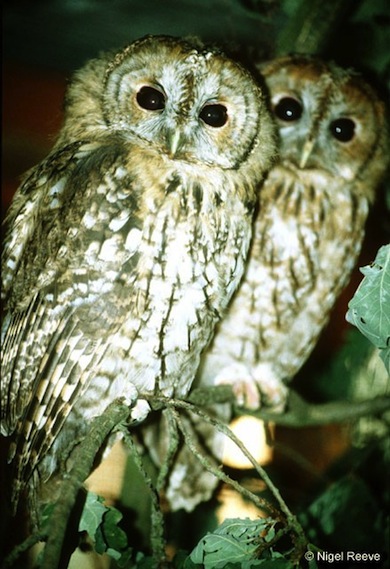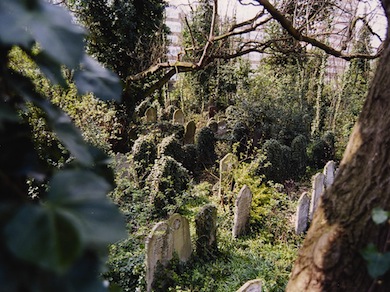Opened in 1841, this large Victorian cemetery today consists mostly of regenerated woodland (ie. that which has regrown on previously cleared areas). It forms by far the largest wood in a densely urban area of London, which contains few opportunities for enjoying the natural world.There is an extensive path network to take you round the site. The cemetery is a Grade II listed monument and a Local Nature Reserve. The Soanes Environmental Centre on site is an important interpretative and educational facility providing specialist tuition to local schools and community groups.
Local Wildlife Site
Accessible Sites of Importance for Nature Conservation
Tower Hamlets Cemetery Park & Ackroyd Drive Green Link
Borough: Tower Hamlets
Grade: Metropolitan
Access: Free public access (all/most of site)
Area: 12.48 ha
Description
Wildlife
The cemetery consists mainly of secondary woodland, with smaller areas of scrub, grassland and several ponds. The woodland is dominated by sycamore, but a wide range of other tree and shrub species are present, after many years of management aimed at diversifying the canopy and shrub layer. A wide range of plant life is found in the meadows and in the woodland ground layer, consisting of both naturally-colonised and introduced plants. Breeding birds include stock dove, sparrowhawk, blackcap, chiffchaff and whitethroat. Firecrest is regular in winter. The site also supports a wide range of insects, including 481 species of beetles and a large number of species of bees and flies, the latter including the nationally Endangered flat-footed fly. An astonishing 31 species of butterflies have been recorded this century, including small breeding populations of small blue (the only inner London site for this nationally scarce species) and silver-washed fritillary. The spider list stands at 157 species, one of the highest for any site in London.Facilities
Toilets; waymarked trails; picnic areas; sculptures/monuments.
Roosting tawny owls © Nigel Reeve

View of Tower Hamlets Cemetery © Terry Lyle
Feedback
Have a question or a comment for this site, or notice anything missing or out of date? Please contact us.
